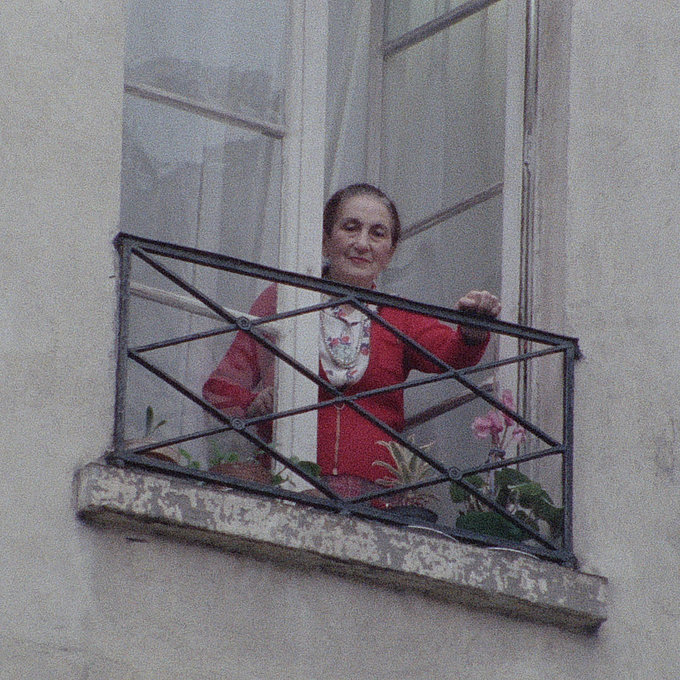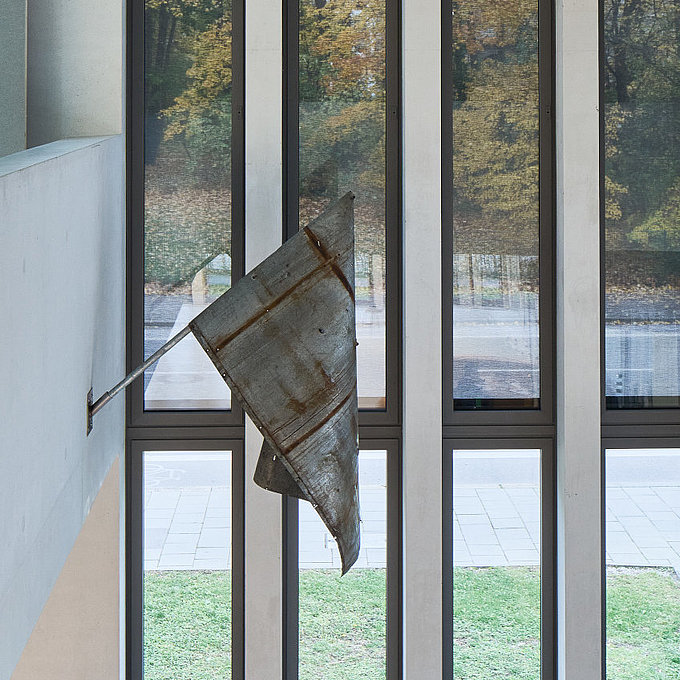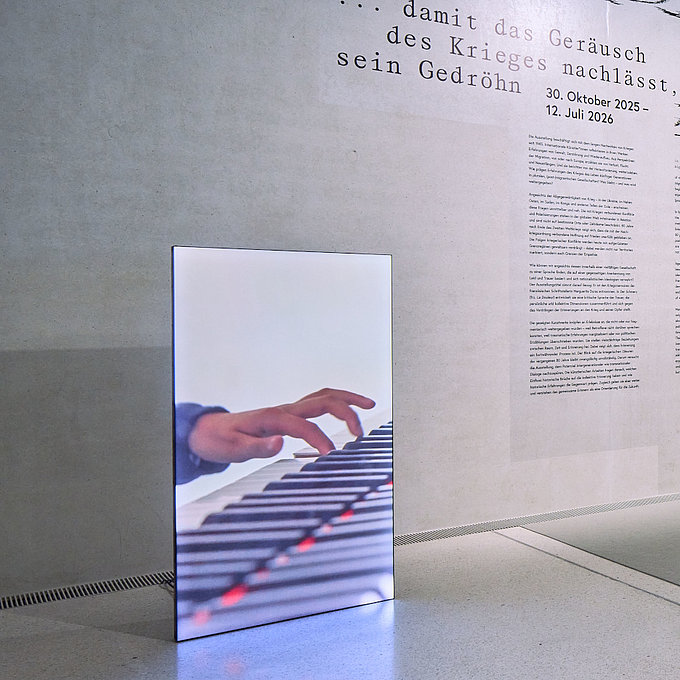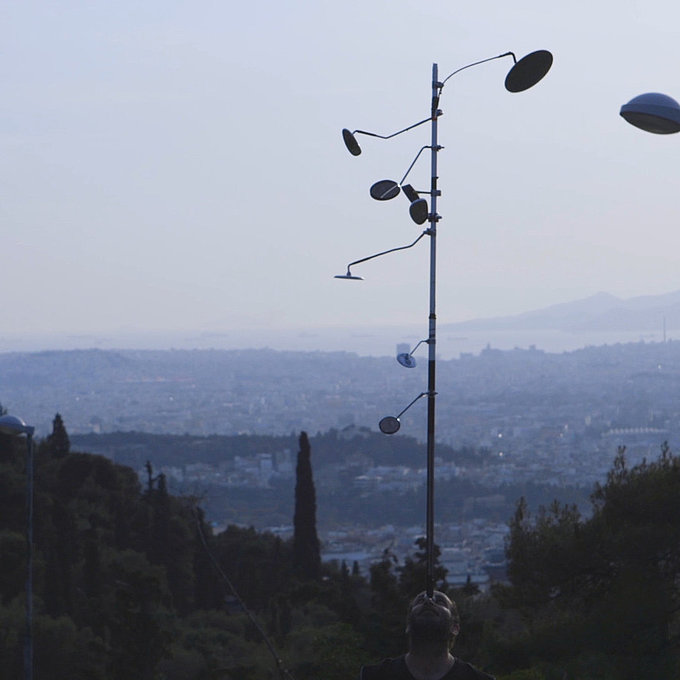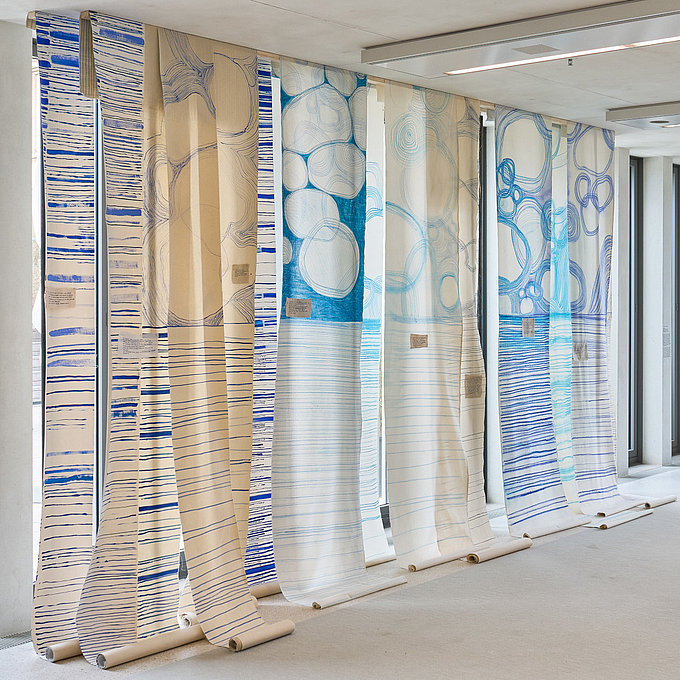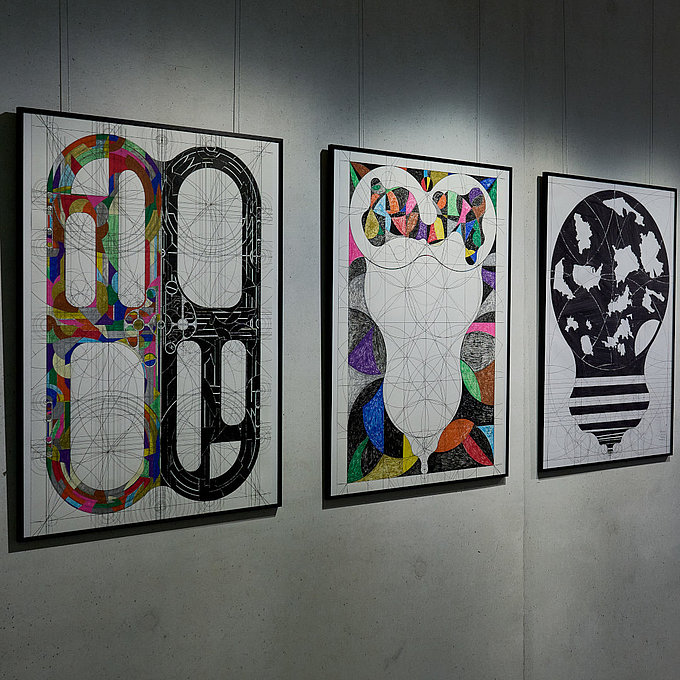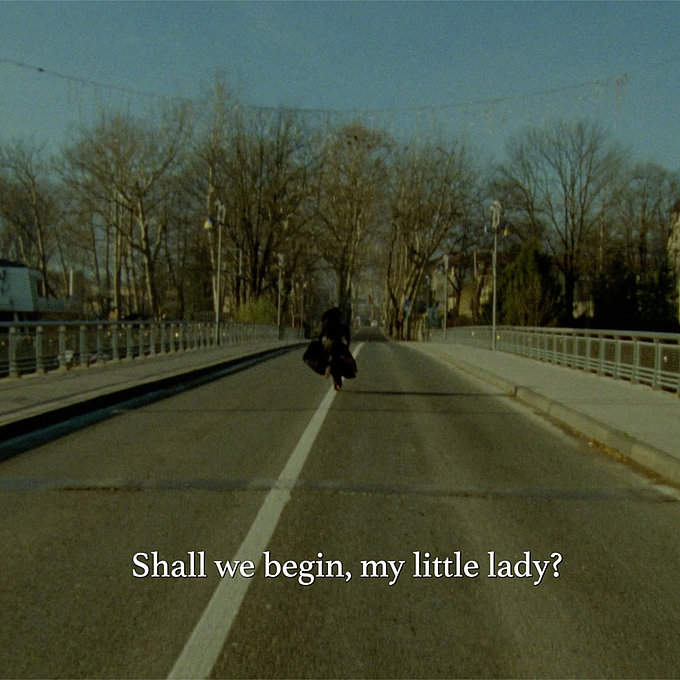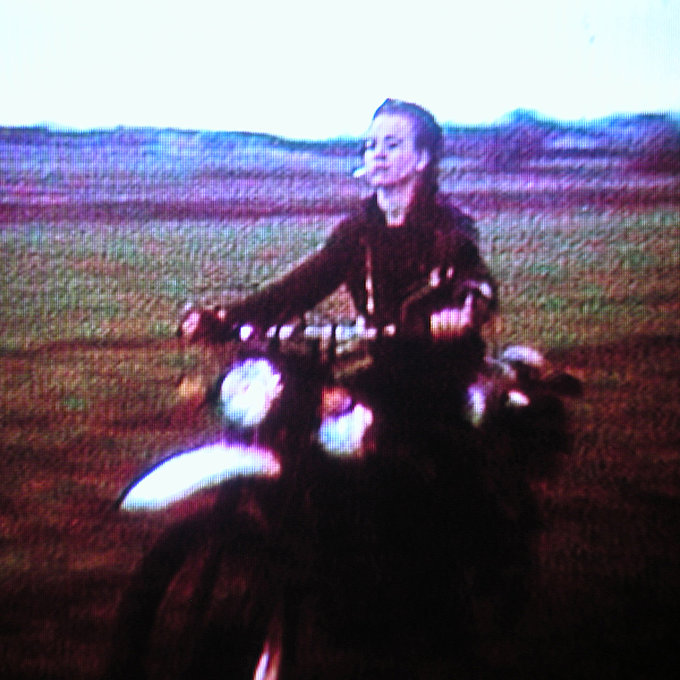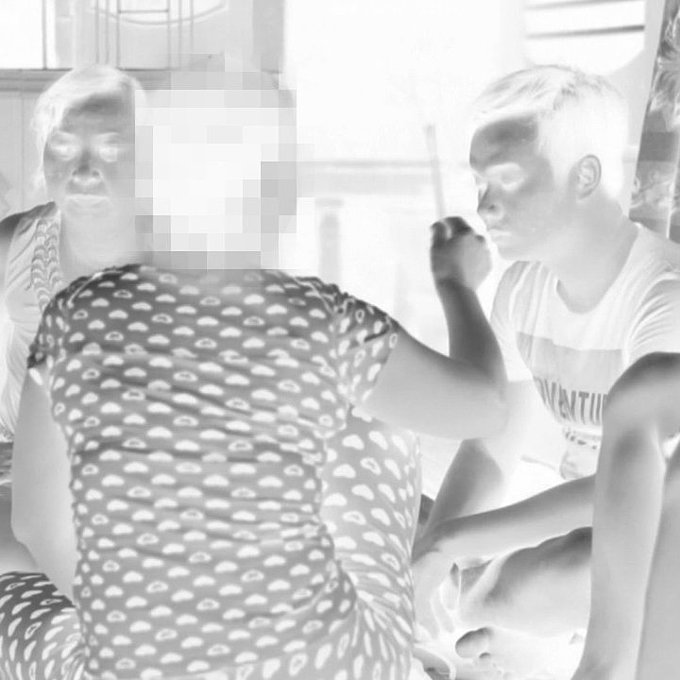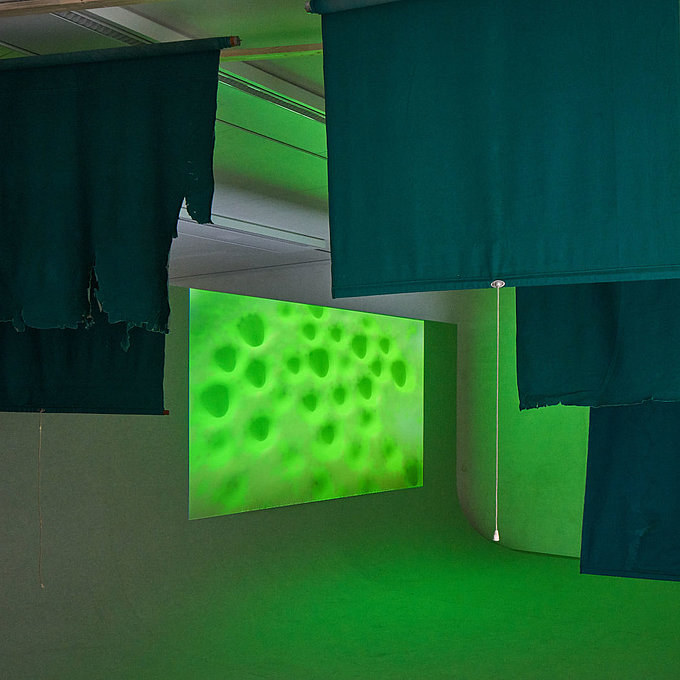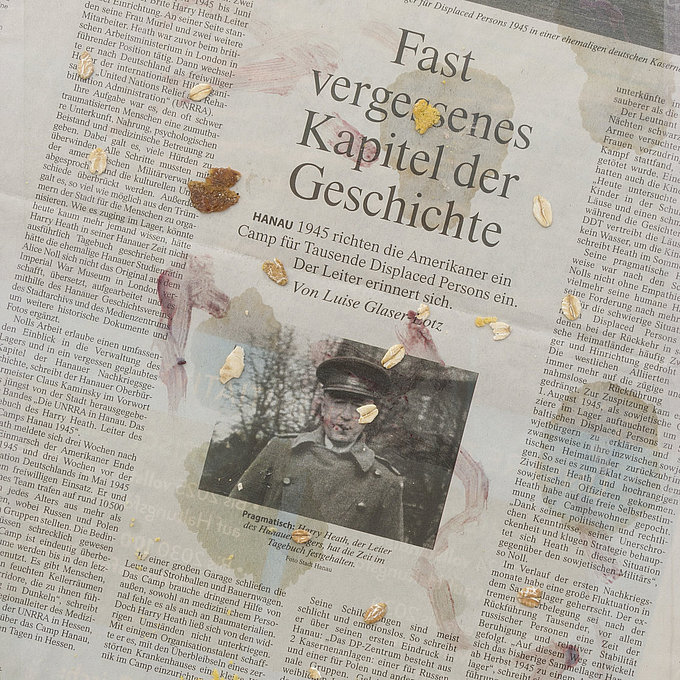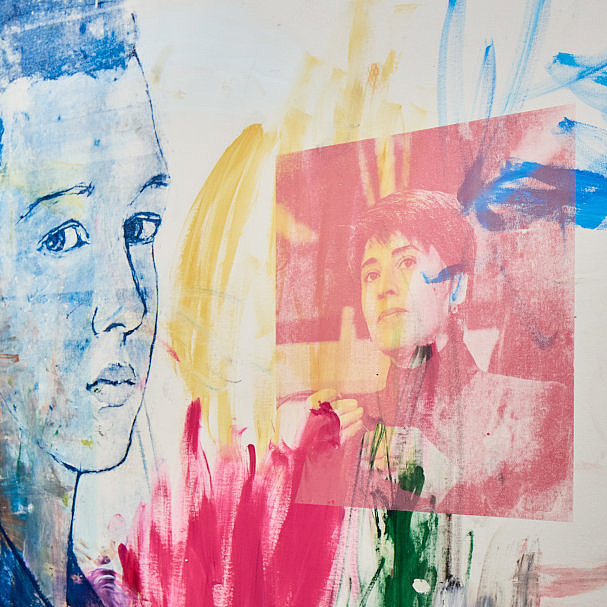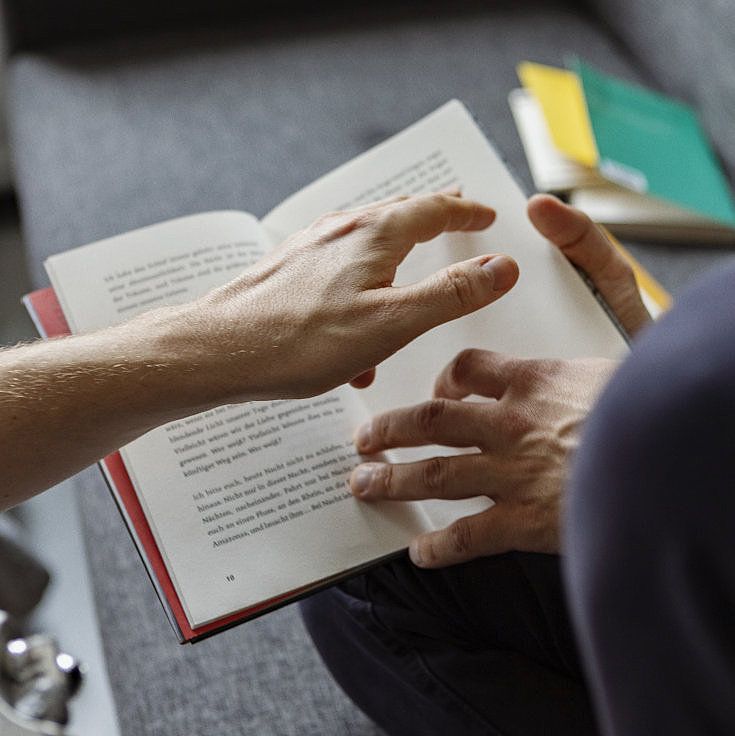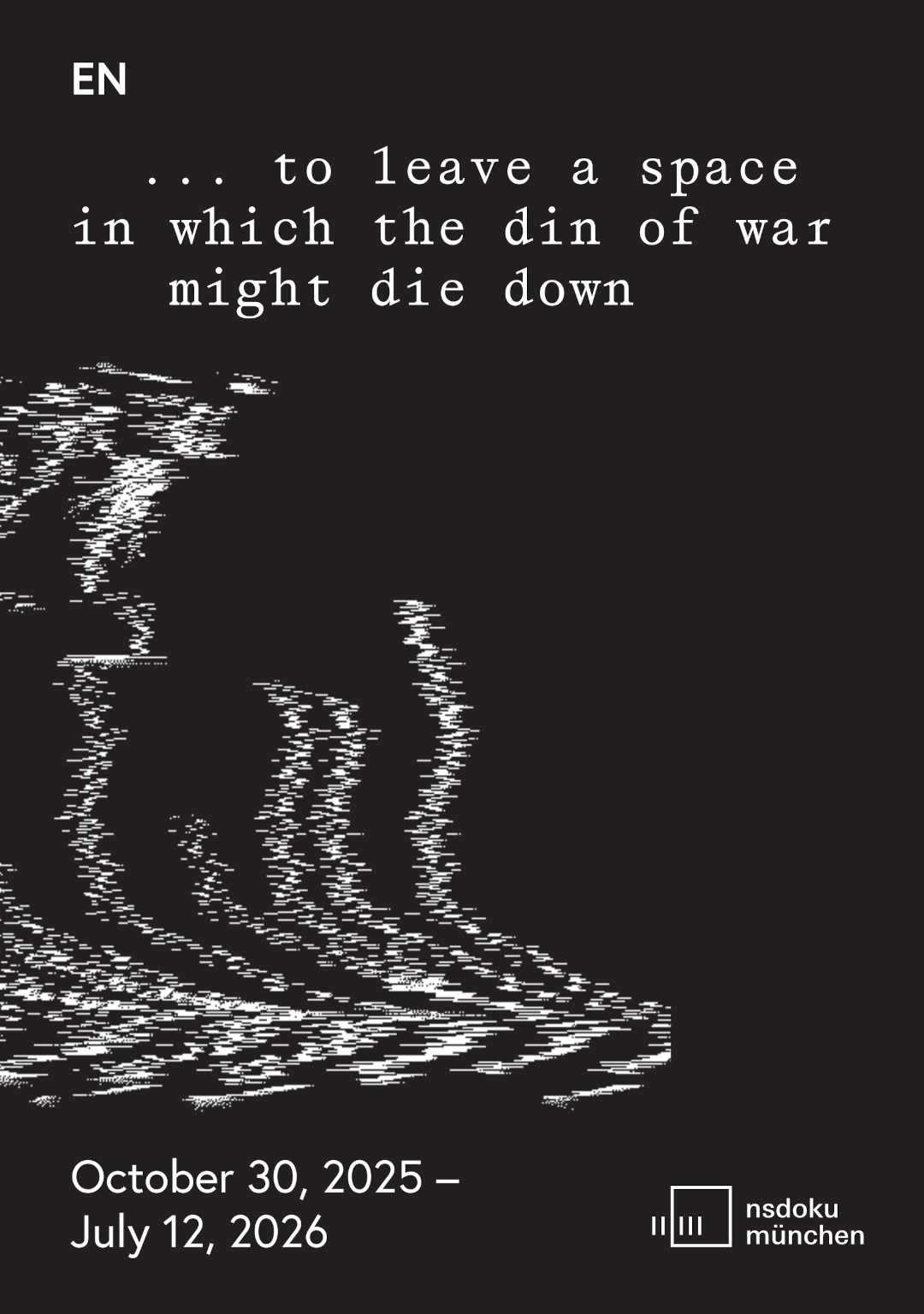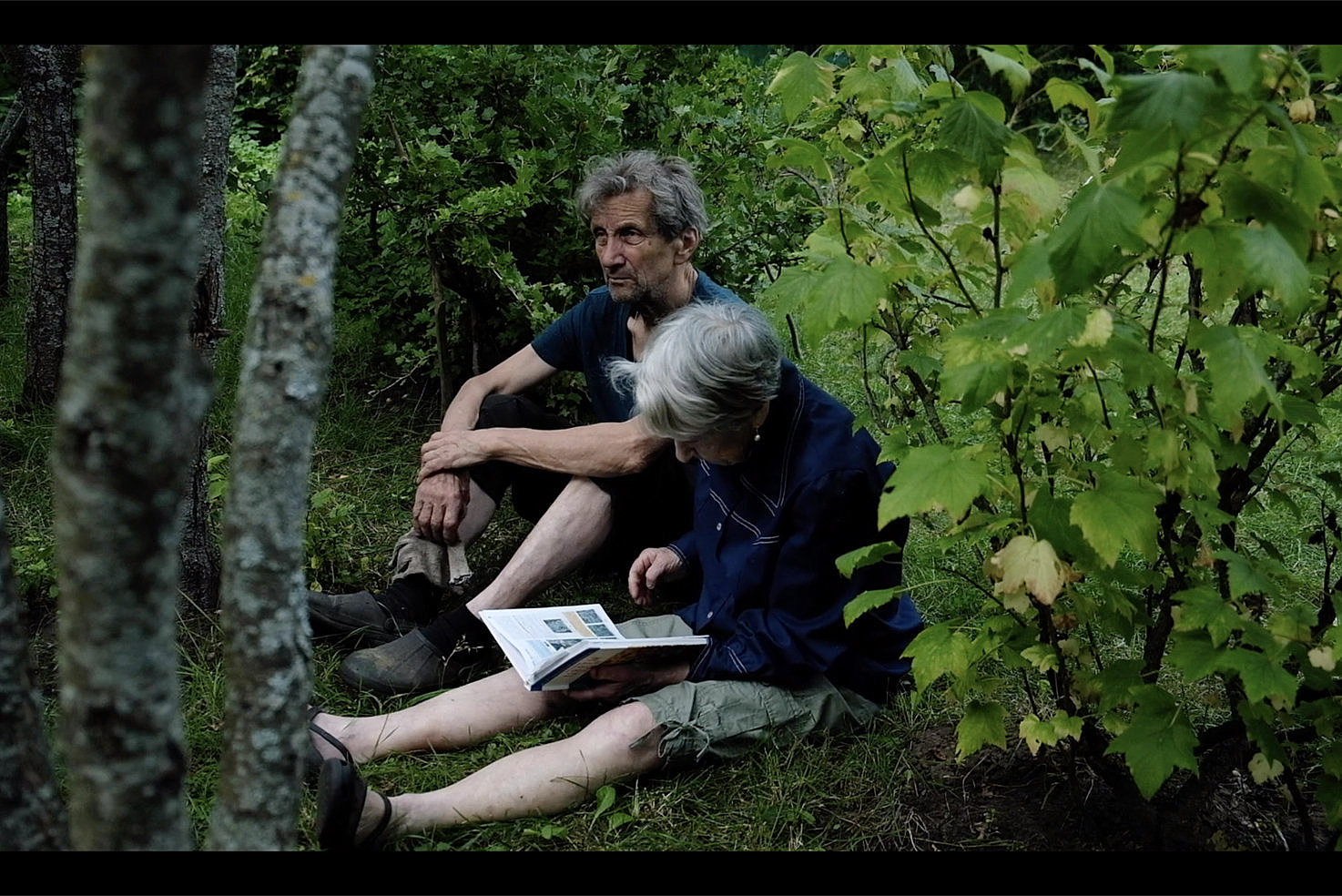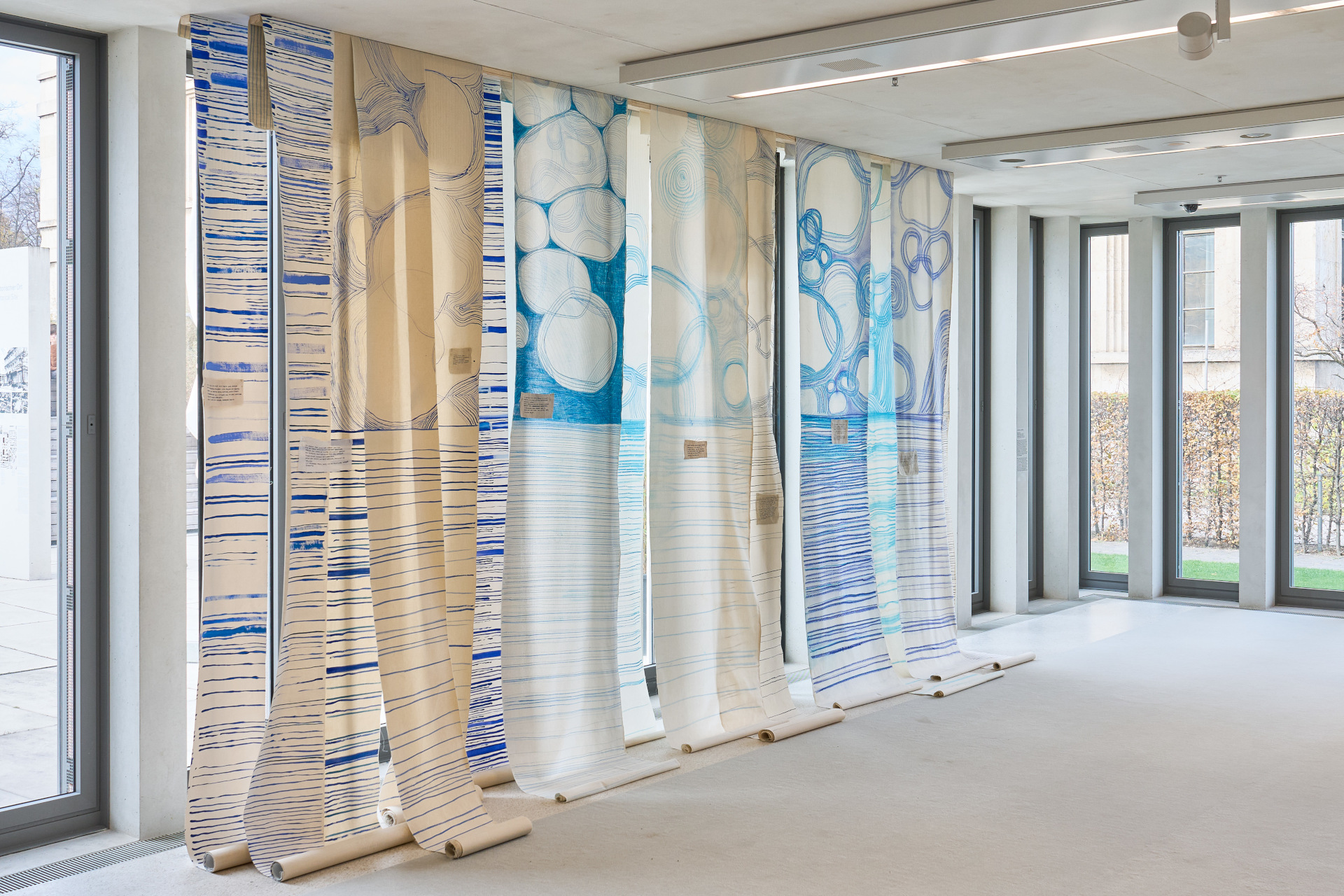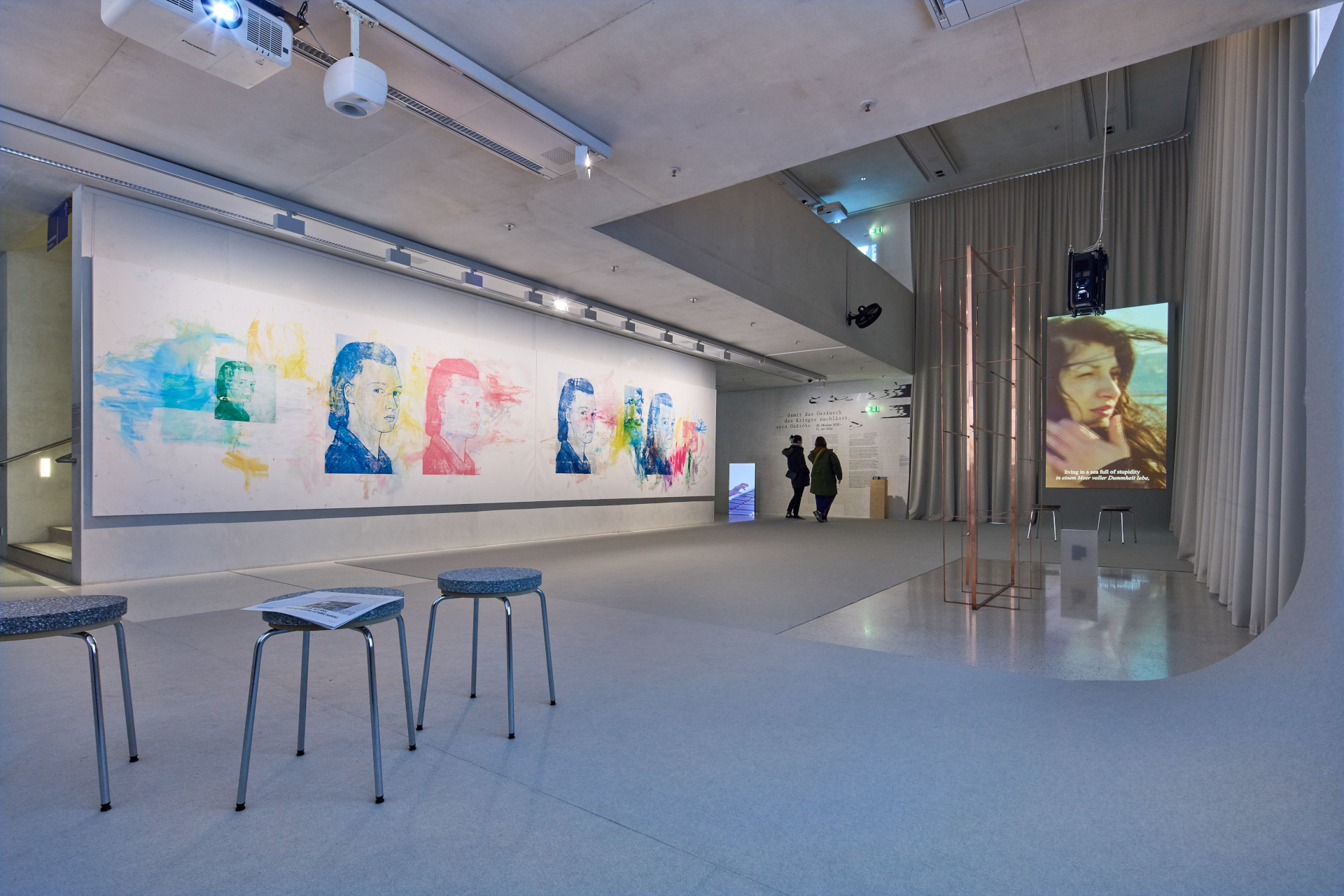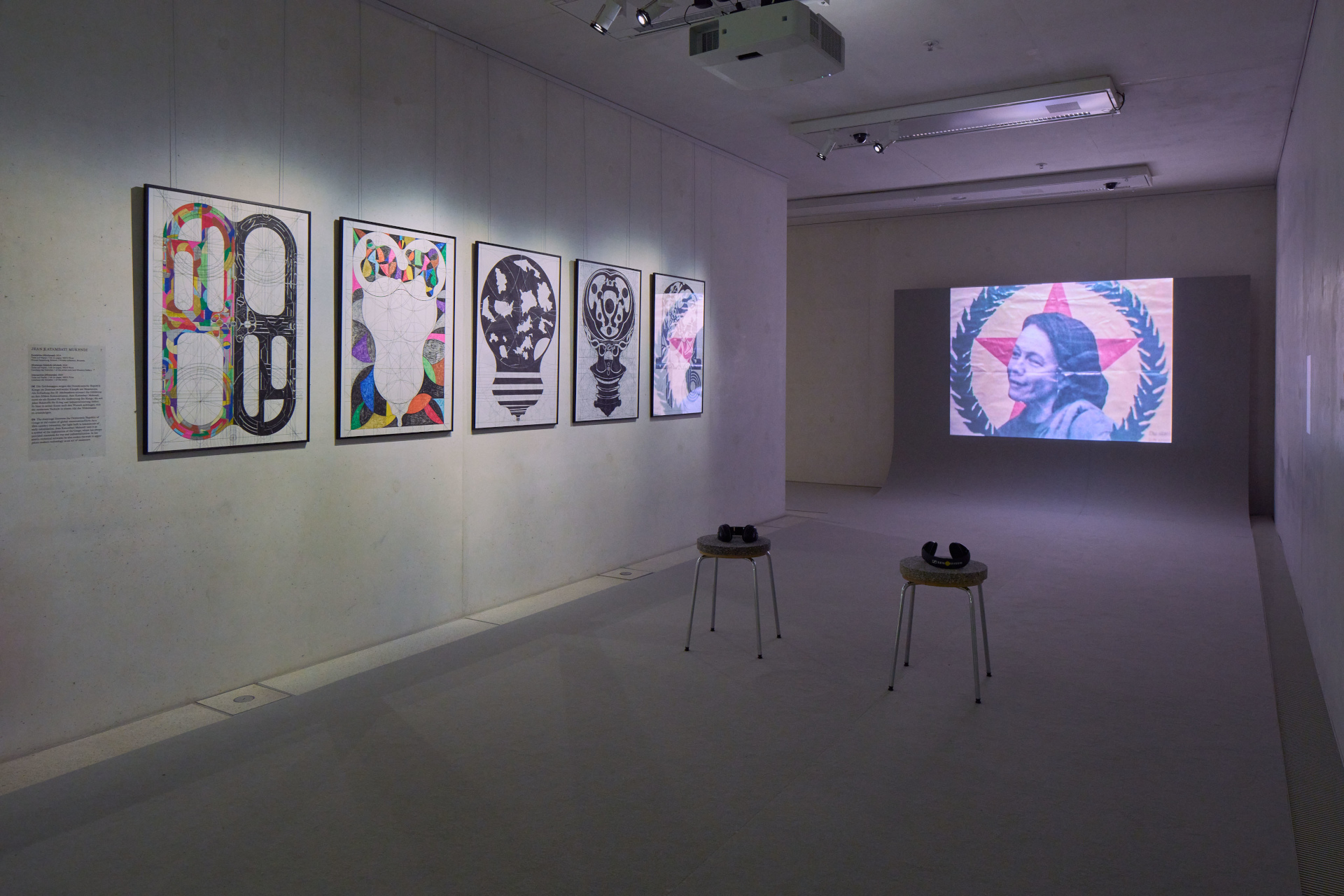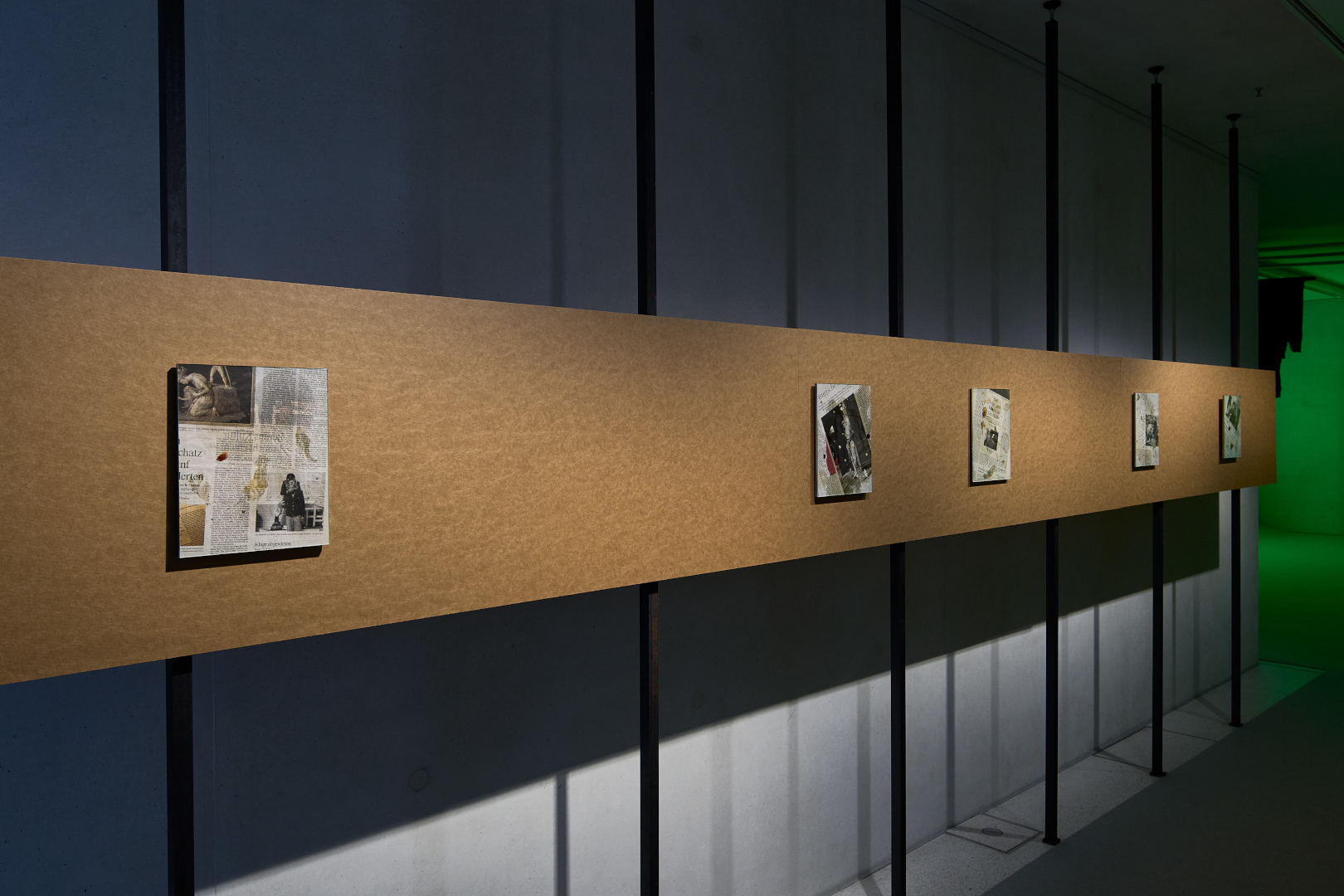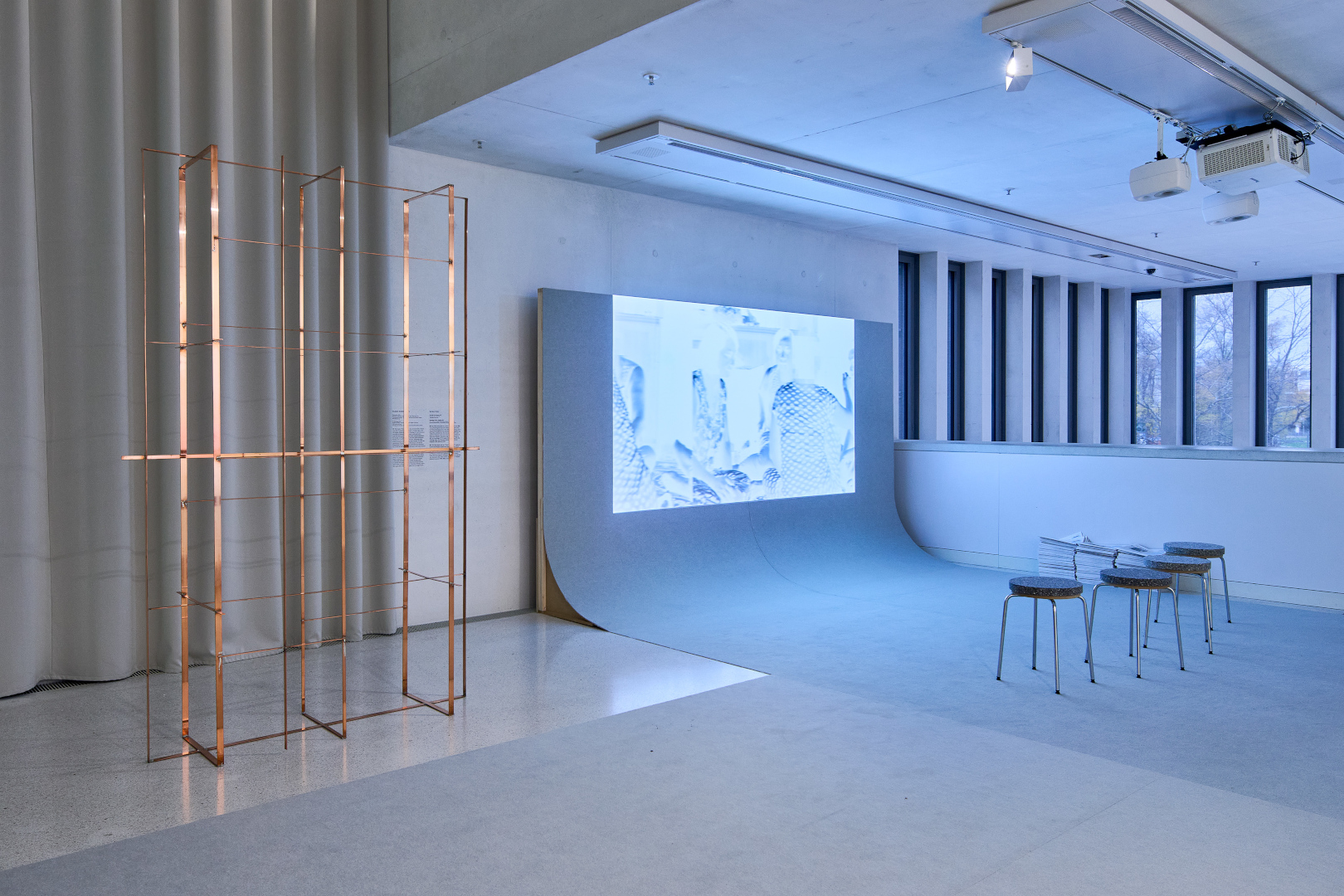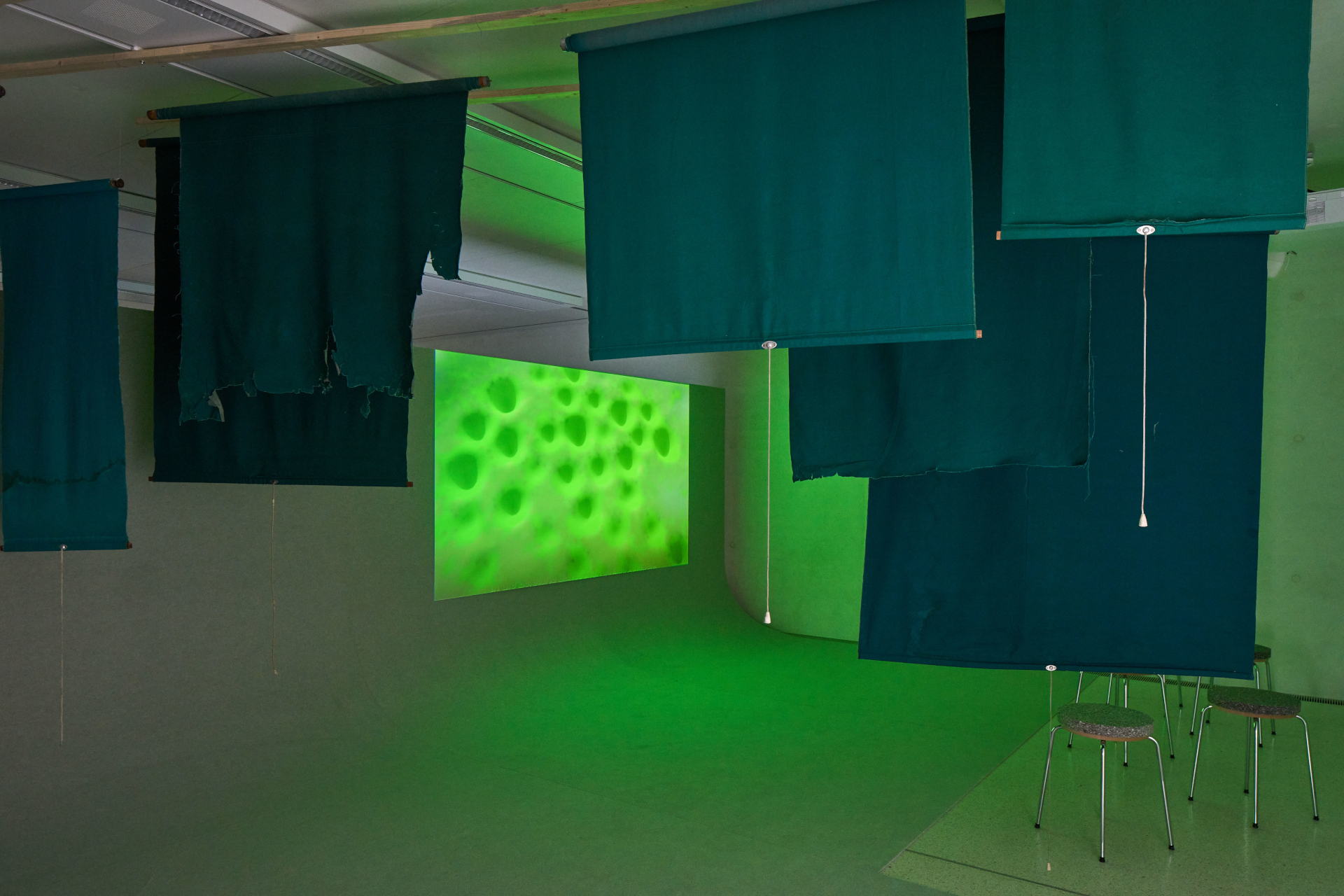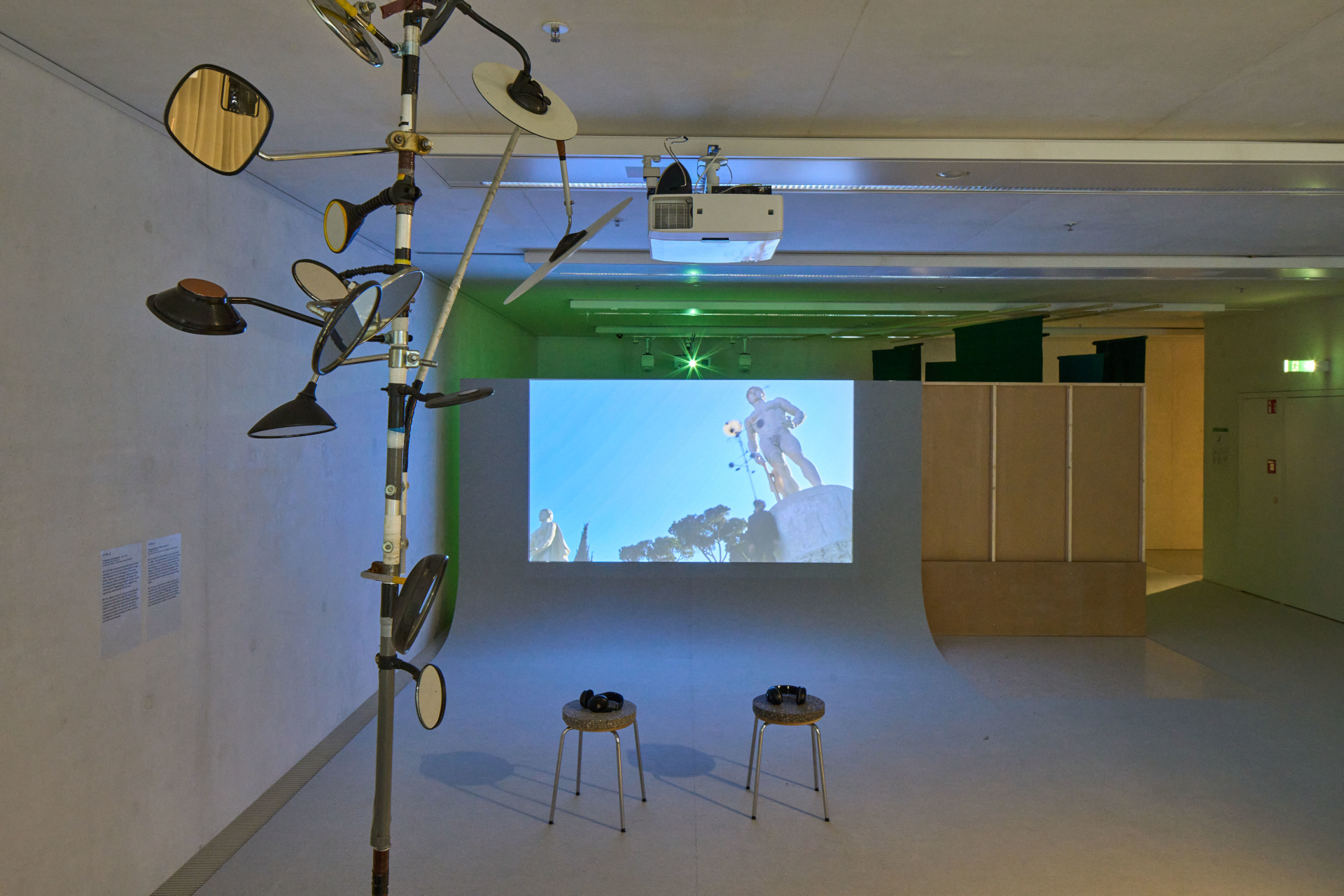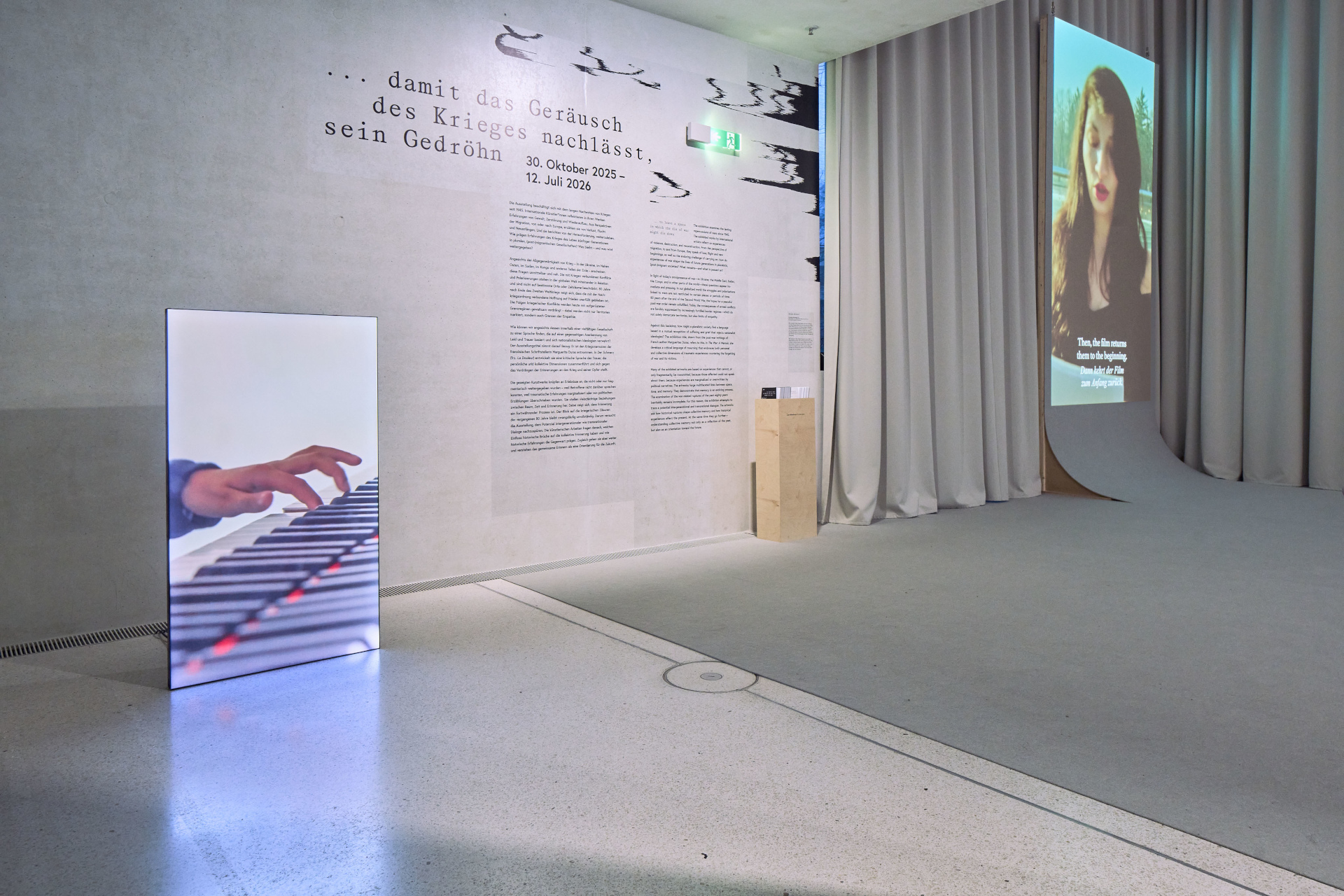The exhibition examines the lasting repercussions of wars since 1945. The exhibited works by international artists reflect on experiences of violence, destruction, and reconstruction. From the perspective of migration, to and from Europe, they speak of loss, flight and new beginnings, as well as the enduring challenge of carrying on. How do experiences of war shape the lives of future generations in pluralistic, (post-)migrant societies? What remains—and what is passed on?
In light of today’s omnipresence of war—in Ukraine, the Middle East, Sudan, the Congo, and in other parts of the world—these questions appear immediate and pressing. In our globalized world the struggles and polarizations linked to wars are not restricted to certain places or periods of time. 80 years after the end of the Second World War, the hopes for a peaceful post-war order remain unfulfilled. Today, the consequences of armed conflicts are forcibly suppressed by increasingly fortified border regimes—which do not solely demarcate territories, but also limits of empathy. Against this backdrop, how might a pluralistic society find a language based in a mutual recognition of suffering and grief that rejects nationalist ideologies?
The exhibition title, drawn from the post-war writings of French author Marguerites Duras, refers to this. In The War: A Memoir, she develops a critical language of mourning that embraces both personal and collective dimensions of traumatic experiences countering the forgetting of war and its victims.
Many of the exhibited artworks are based on experiences that cannot, or only fragmentarily, be transmitted, because those affected could not speak about them, because experiences are marginalized or overwritten by political narratives. The artworks forge multifaceted links between space, time, and memory. They demonstrate that memory is an evolving process. The examination of the war-related ruptures of the past eighty years inevitably remains incomplete. For this reason, the exhibition attempts to trace a potential intergenerational and transnational dialogue. The artworks ask how historical ruptures shape collective memory and how historical experiences affect the present. At the same time they go further— understanding collective memory not only as a reflection of the past, but also as an orientation toward the future.



